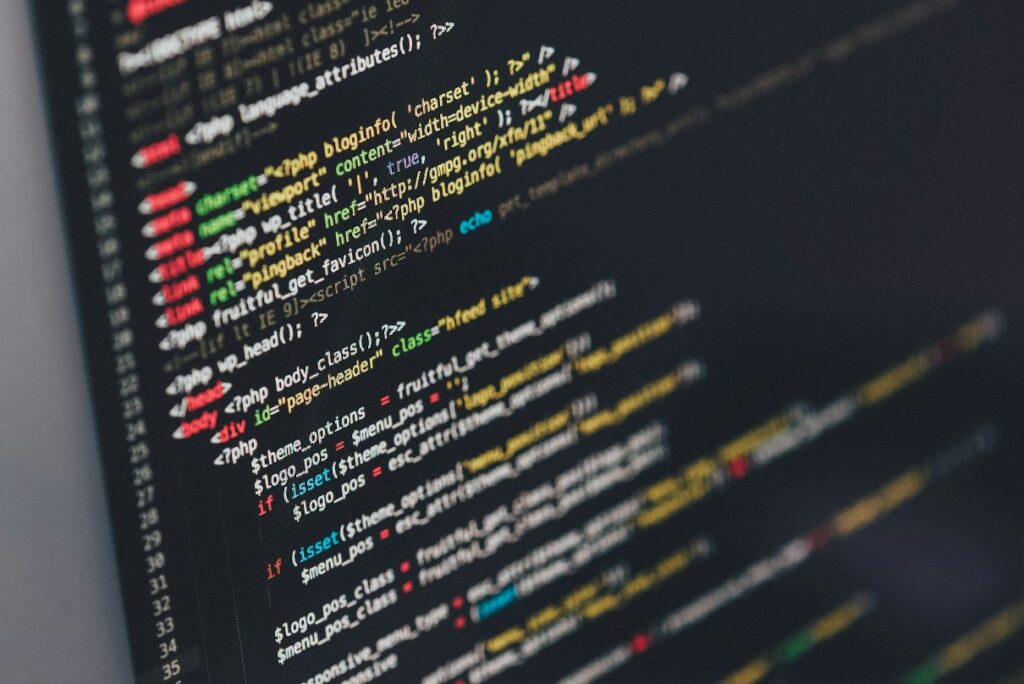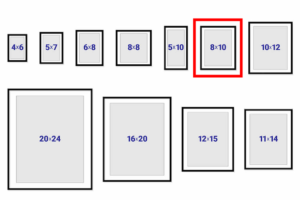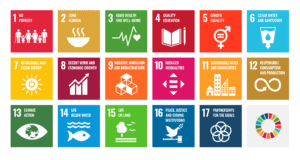
In today’s digital age, coding and computer science education are more crucial than ever. Preparing students for the future means equipping them with the skills to navigate and innovate in a technology-driven world. However, integrating these subjects into school curriculums can be challenging, given the rapidly evolving nature of technology and the varying levels of comfort among educators with these topics. Here are effective approaches and resources for teaching coding and computer science in schools, ensuring students are not only consumers of technology but creators as well.
Start with the Basics
Understanding the fundamentals is key in any educational journey, especially in coding and computer science. Before diving into complex programming languages, students should learn the basics of computational thinking, including problem-solving, logic, and algorithms. To figure out these complex concepts, learners sometimes need to write various school papers on them. If you need a hand with your writing, order custom research papers online. This way, you will always be on top of your performance.
Digital solutions can also help you with coding. Tools like Scratch or Blockly offer a visual and intuitive way to introduce coding concepts, allowing students to grasp coding principles through drag-and-drop blocks representing code commands. This method demystifies coding, making it accessible and engaging for students of all ages. Incorporating these tools into lessons can help students develop a strong foundation, fostering an interest in more advanced computer science topics as they progress.
Incorporate Project-Based Learning
Project-based learning (PBL) is an effective approach to teaching coding and computer science because it emphasizes learning by doing. Through PBL, students can apply coding skills to create projects that interest them, whether it’s designing a website, developing an app, or programming a robot. This approach not only enhances learning outcomes by providing practical experience but also increases student engagement by allowing them to see the real-world applications of their work. Resources like Code.org and App Inventor are excellent for supporting PBL, offering project ideas, tutorials, and platforms for students to showcase their creations. By integrating PBL into the curriculum, educators can encourage creativity, collaboration, and critical thinking, essential skills in any field.
Use Online Platforms and Resources
The internet is a treasure trove of teaching coding and computer science resources. Many online platforms offer comprehensive curriculums, interactive tutorials, and engaging challenges that make learning to code accessible and fun. Websites like Khan Academy, Codecademy, and Coursera provide lessons on various programming languages and computer science principles, catering to different age groups and skill levels. These platforms often include teacher tools for tracking progress, facilitating classroom management, and customizing lessons to meet students’ needs. Leveraging these online resources can supplement traditional teaching methods, providing students with additional opportunities to learn and practice coding at their own pace.
Foster a Collaborative Learning Environment
Coding and computer science are inherently collaborative fields, and fostering a collaborative learning environment can greatly enhance students’ learning experiences. Group projects and coding clubs encourage students to work together, share ideas, and learn from each other. This helps students develop their technical skills and improves their communication, teamwork, and problem-solving abilities. Educators can use platforms like GitHub to introduce students to version control and collaboration tools used by professionals in the field. Encouraging collaboration in the classroom mirrors the real-world dynamics of the tech industry, preparing students for future careers in computer science.
Professional Development for Educators
One of the biggest challenges in teaching coding and computer science is ensuring educators have the knowledge and confidence to teach these subjects effectively. Professional development opportunities are essential for teachers to stay abreast of the latest technologies, programming languages, and teaching methodologies. Workshops, online courses, and conferences can provide educators with the tools and resources to bring coding and computer science to life in the classroom. Organizations like the Computer Science Teachers Association (CSTA) offer resources and support for teachers looking to enhance their computer science education skills. Investing in teacher training is crucial for successfully integrating coding and computer science into school curriculums.
Conclusion
Teaching coding and computer science in schools prepares students for the future. Schools can effectively integrate these critical subjects into their curriculum by starting with the basics, incorporating project-based learning, leveraging online resources, fostering collaboration, and supporting professional development for educators. These approaches help demystify coding and computer science for students and inspire them to become innovators and problem-solvers in a technology-driven world. With the right resources and support, educators can unlock the potential of their students, preparing them for the challenges and opportunities of the digital age.
Read Next Blog:
How To Get Spotify Unblocked at School







